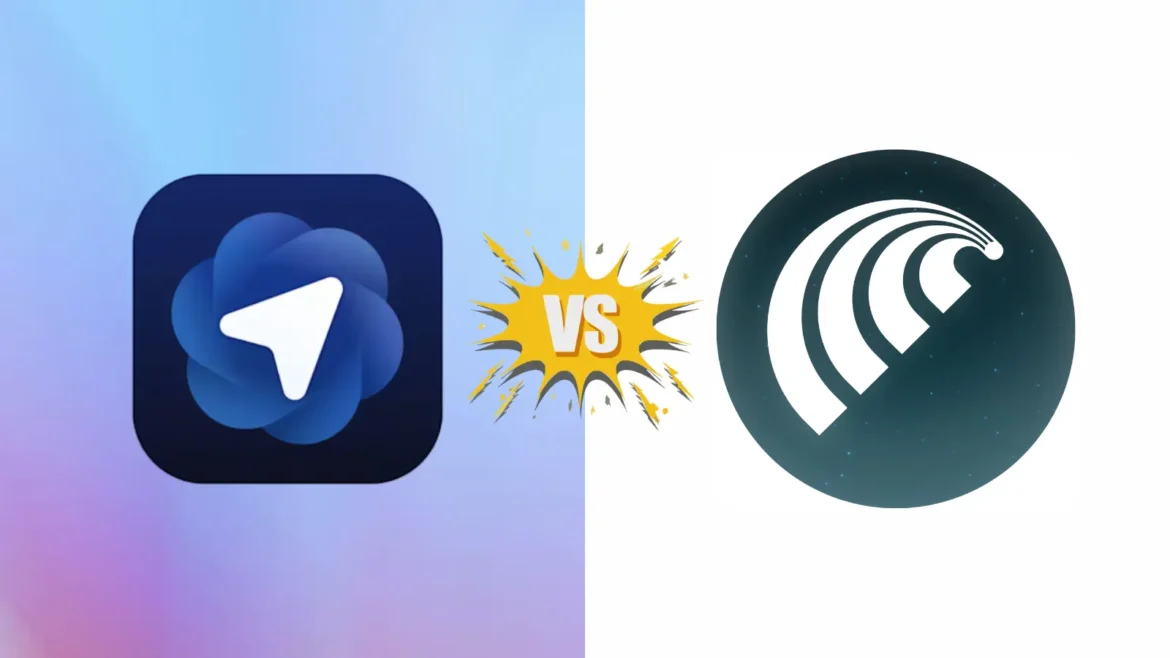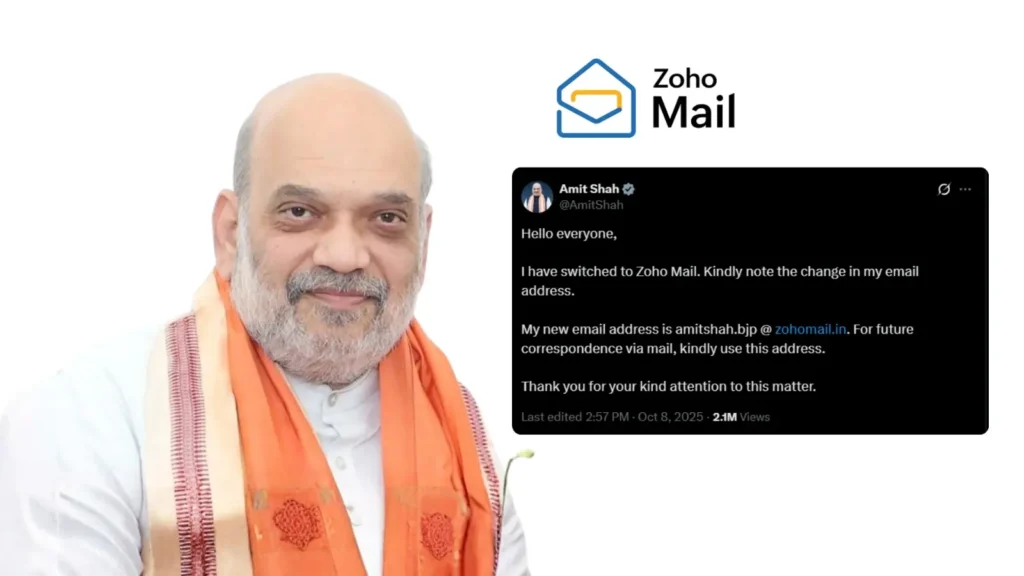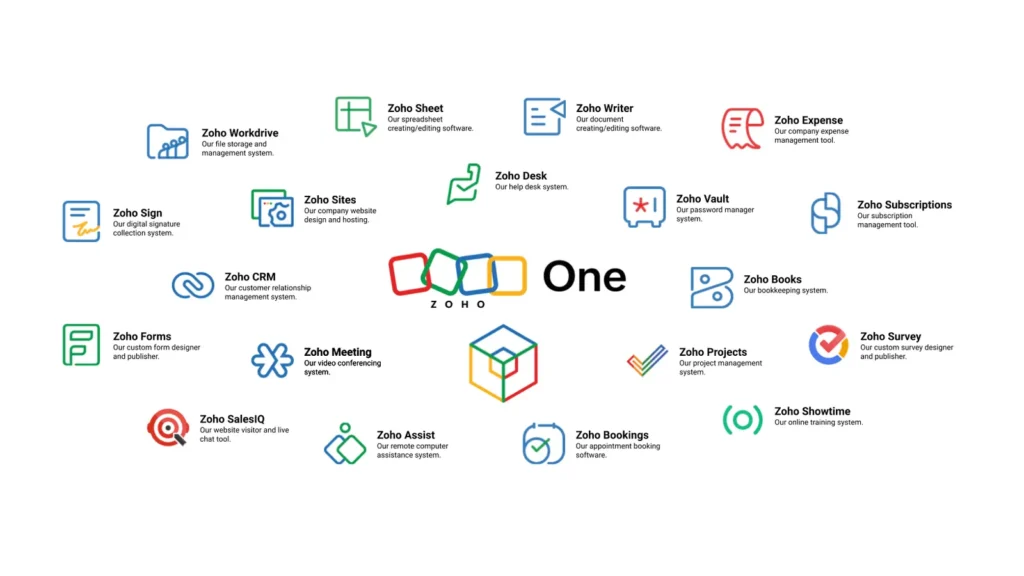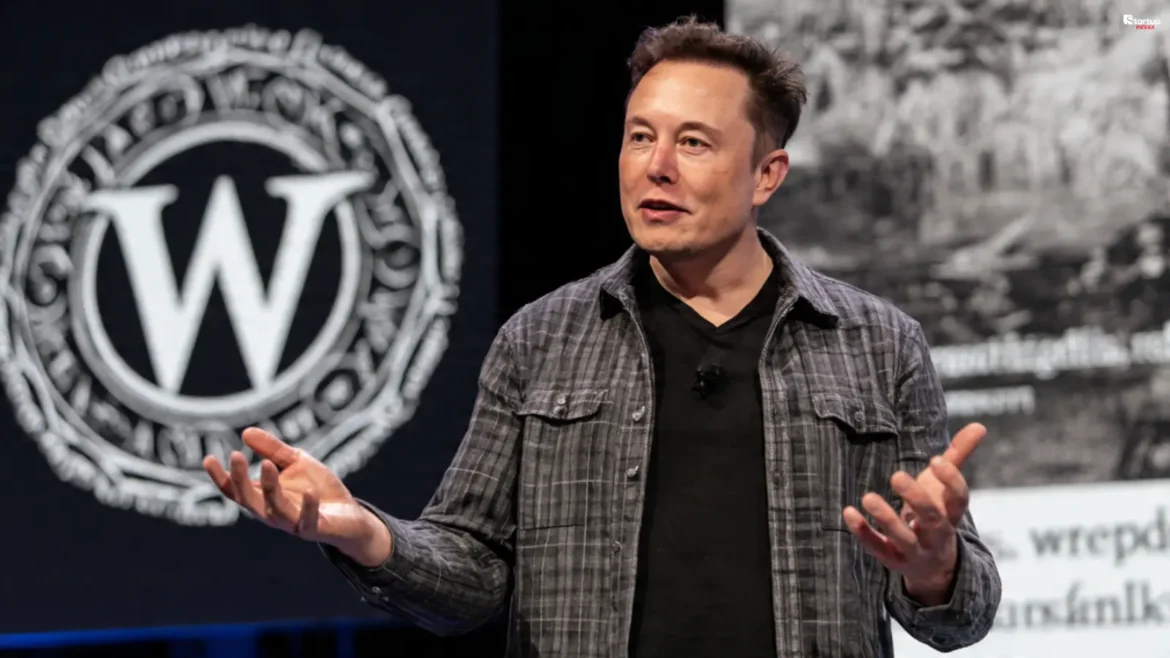- ChatGPT Atlas vs Perplexity Comet defines the next wave of AI-driven browsing in 2025.
- Atlas focuses on automation and personal memory, while Comet prioritizes accuracy and live citations.
- Both aim to replace static browsing with interactive, intelligent exploration.
ChatGPT Atlas vs Perplexity Comet is the new browser war everyone’s talking about in 2025. As OpenAI and Perplexity pivot from chatbots to full-fledged AI browsers, users are asking: Which one truly redefines browsing? With Atlas blending automation and memory, and Comet redefining search with live citations, this is a face-off shaping how we interact with the web itself.
What is ChatGPT Atlas and Why It’s Different
OpenAI’s ChatGPT Atlas officially launched in October 2025, and it’s already being hyped as a direct challenge to Chrome and Perplexity Comet. The browser embeds ChatGPT directly into your browsing experience, allowing you to chat, search, summarize, and even perform actions on any page in real-time.
What sets Atlas apart are its three pillars: Chat, Memory, and Agent Mode.
- Chat transforms static pages into conversational spaces.
- Memory helps Atlas recall your browsing habits and tailor responses.
- Agent Mode automates tasks like booking, shopping, or filling forms across sites.
As Startup INDIAX reported earlier, Atlas marks the shift from passive browsing to interactive navigation – your browser is no longer an observer, but a participant in your workflow.
Read More: Perplexity AI Dominates India: The ChatGPT Alternative Taking Over.
How Perplexity Comet Changes Search Forever
Perplexity Comet, launched mid-2025, introduces a radically different vision. Instead of helping you “do” tasks, Comet helps you understand better. Its “Answer Engine” delivers real-time, citation-backed, verified responses that feel like interacting with a research assistant rather than a chatbot.
Top features include:
- Live Web Grounding: Every answer links to verifiable web sources.
- Workspace Model: Organize research and projects across tabs.
- Persistent Intent Memory: Tracks your goals through entire sessions.
- Advanced Agentic Browsing: Summarize articles, videos, or datasets in seconds.
In essence, Atlas is for automation, while Comet is for accuracy and live knowledge retrieval.
Read More: Perplexity Comet: How Autonomous AI Agents Transform Search
ChatGPT Atlas vs Perplexity Comet: Feature Comparison
| Feature | ChatGPT Atlas | Perplexity Comet |
|---|---|---|
| Core Function | Task automation & action delegation | Knowledge synthesis & contextual research |
| Key Feature | Agent Mode & Browser Memories | Live web grounding with transparent citations |
| Ideal For | Productivity, online tasks, workflow automation | Research, journalism, data analysis |
| Data Source | ChatGPT models + browsing context | Real-time web + retrieval-based engine |
| Privacy | Local memory under user control | Transparent sourcing, public data |
| Platform Availability | macOS (Windows & Mobile coming) | Mac, Windows, Android (iOS soon) |
| Integration Focus | Embedded within browsing environment | Integrated within Perplexity interface |
Both browsers are AI-first, but Atlas acts like your digital assistant, while Comet serves as your knowledge librarian.
Read More: How to Use Yourgpt in 2025? A Step by Step Guide for Founders and Marketers
Reactions on X (formerly Twitter) have been explosive, with users split between the two camps.
Read More: Microsoft Copilot vs ChatGPT: Best AI for Startups in 2025?
What do you think about the ChatGPT Atlas vs Perplexity Comet showdown? Share your pick in the comments and explore more trending AI startup stories on Startup INDIAX!
FAQs
What is ChatGPT Atlas?
ChatGPT Atlas is OpenAI’s AI-powered browser integrating ChatGPT directly into web navigation for seamless automation, memory, and chat features.
What is Perplexity Comet?
Perplexity Comet is an AI search-based browser offering verified, citation-backed answers for research and complex information analysis.
Which browser is better – Atlas or Comet?
Atlas is best for task automation and daily productivity, while Comet excels at research and fact-checking through live data grounding.
Does ChatGPT Atlas replace Chrome?
Yes, Atlas functions as a standalone browser, combining search and AI chat directly within one interface.
Is Perplexity Comet available on mobile?
Comet is already available for Android and is rolling out to iOS users later this year.















